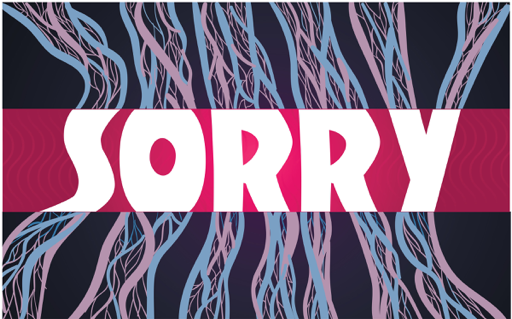 October 31, 2017
October 31, 2017
We’ve all received apologies. Unfortunately, sometimes apologies sound wimpy. A wimpy apology makes us wonder if the offender really meant it. Insincere apologies can do more harm than good — they can give the impression that the offender doesn’t really care about the impact of what they did. They make one wonder if the offender is more worried about the fallout — feeling guilty, losing face, or paying a penalty — than anything else.
Some examples of weak apologies:
- I’m sorry you feel that way. One apologizes for an action, not for someone else’s feelings. This weak apology ignores the action and expresses regret that the hurt person decided to feel bad.
- I’m sorry if I offended you. “If” takes all the teeth out of an apology. It casts doubt on whether the offender did anything wrong. Replacing the “if” with “that” makes a big difference.
- I’m not the only one to blame. Blame shifting interferes with one of the main goals of apologizing, which is to take responsibility. It sounds as if the offender wants to pass responsibility on to others, which could merely be a defense mechanism.
- Explaining, explaining, explaining. When an apology is accompanied by lots of explanations, the apology is likely to get drowned out by what sounds like a defense attorney’s case.
- I never meant to hurt you. It may be okay to explain what your intentions were, but since it puts the focus on yourself and attempts to put you in a better light, it is defensive. Defensiveness interferes with the goals of taking responsibility and acknowledging the impact.
Weak apologies show a lack of effort to take care of a situation. They make a person appear reluctant to take responsibility or look out for the well being of others. They tell others I’m looking out for myself.
Fortunately, apologies can be strong and sincere. Strong apologies show a good faith effort on the offender’s part. When an offender cares about what happened, the people who are harmed experience significant relief. A good apology can’t undo all the damage, but it goes a long way toward repairing.
I want to identify five components of strong apologies. We don’t need to use all five components every time, though. In fact, all five would be too much for minor offenses. A few words are usually enough to do the job.
- Name the offense. Example: I did ____.
- Acknowledge the impact — and ask about it. Examples: That hurt you. I realize that it’s affected you a lot. How are you? Tell me how it affected you.
- Accept responsibility. As much as you may want to explain what your intentions were, you want to keep that to a minimum, even if it were an innocent mistake. Consider taking ownership. Examples: I goofed. I blew it. I shouldn’t have done that. I’m not making any excuses. I want to make things right. What can I do to repay?
- Express heartfelt regret. The most healing thing that someone can hear when they’re hurting is that the person who hurt them feels what they are feeling, and regrets it. Examples: I hurt because I hurt you. I can’t believe I did that. If someone did that to me, I’d be so upset. I am SO sorry! I’m heartbroken that I treated you that way.
- Look and listen. Give the offended person a chance to respond, without making excuses. Eye contact and listening ears are a powerful way of showing someone we care. It can be hard to listen to someone tell us how they feel about us and what we did! But when they feel heard, you may receive a surprise — they may take the opportunity to express forgiveness, or even respond with an apology of their own.
Of course, even a perfect apology may not land well. It may get met with static, skepticism, or rejection. We don’t have control over how it is received. And beware of trying to make a perfect apology — it may cause you to focus more on your own performance, rather than listening to the other person’s feelings and putting yourself in their shoes. Keep it simple! In the end, an apology is just a demonstration that I see that what I did affected you, and that matters to me.
Sources
Non-Apology Apology. Wikipedia. https://en.wikipedia.org/wiki/Non-apology_apology
The Fine Art of Apology: When, Why, and How to Say ‘I’m Sorry’ by R. Kevin Grigsby. https://www.aamc.org/download/164762/data/grigsby_fine_art_of_apology.pdf
“I’m Sorry”: The Power of Apology in Mediation, by Carl D. Schneider. https://www.mediate.com/articles/apology.cfm





